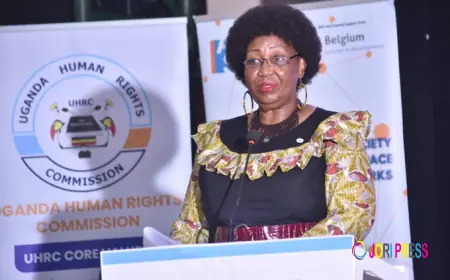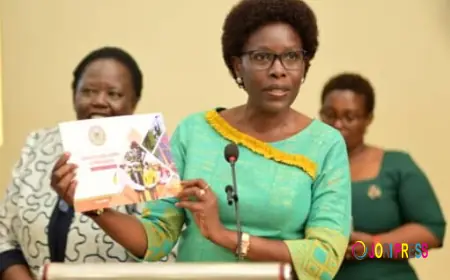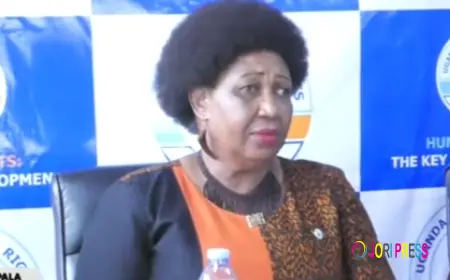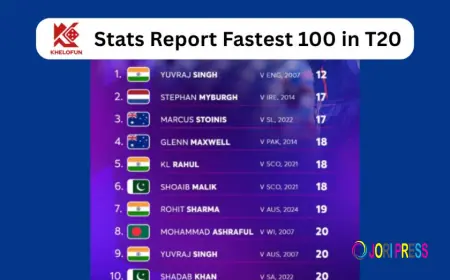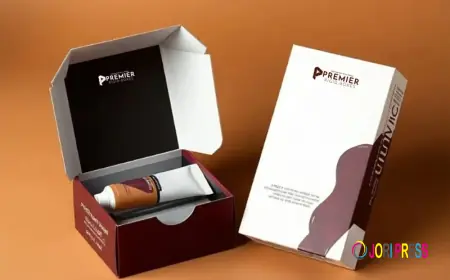2025 Fashion Manufacturing Trends Every Apparel Brand Should Know
Explore the top fashion manufacturing trends shaping 2025. Learn how brands are adapting with custom clothing manufacturers, wholesale streetwear partners in Pakistan, and advanced sportswear and activewear suppliers

The global fashion industry is entering 2025 with rapid transformation, driven by smarter production technologies, shifting consumer expectations, and a growing emphasis on sustainability and customization. For apparel brands—big or small—understanding these trends is essential to stay competitive in a market where product quality, speed, and innovation matter more than ever.
Whether your brand works with custom clothing manufacturers, develops collections through wholesale streetwear Pakistan partners, or collaborates with a high-quality sportswear manufacturer, the year ahead will bring new opportunities and challenges. This detailed guide breaks down the most influential manufacturing trends that will shape 2025 and help brands build smarter, faster, and more sustainable production systems.
1. Hyper-Customization Becomes the New Industry Standard
Consumers no longer want generic clothing—they want pieces that reflect their personality, interests, and lifestyle. In 2025, hyper-customization will dominate the manufacturing landscape, pushing brands to offer more personalization options without slowing down production.
Modern custom clothing manufacturers are now equipped with advanced machinery such as automated cutting systems, AI-driven pattern development, and digital print technology. These tools allow brands to produce short runs, sample quickly, and modify designs with minimal delays.
Brands that embrace customization will not only attract a loyal customer base but also stand out in a crowded fashion market.
2. AI-Powered Production Planning
Artificial intelligence is no longer a futuristic concept; it is now central to efficient apparel production. From forecasting demand to optimizing supply chains, AI is becoming one of the biggest competitive advantages for manufacturers and fashion brands alike.
In 2025, AI tools will:
-
Predict which designs are likely to perform
-
Help reduce dead stock and wasted fabric
-
Streamline communication between brands and manufacturers
-
Improve lead time accuracy
Factories working with activewear manufacturer Pakistan and other specialty suppliers are already implementing smart automation and digital workflow systems, making production more predictable and cost-efficient.
3. Growth of Streetwear & Small-Batch Drops
Streetwear continues to dominate global fashion, but its production strategy is shifting. Instead of mass-produced collections, brands are focusing on smaller, curated drops that create hype and exclusivity.
Partners in wholesale streetwear Pakistan have adapted by offering low minimum order quantities, flexible fabric sourcing, and fast-moving sample processes. This approach allows streetwear brands to launch capsule collections quickly, test new silhouettes, and react instantly to market trends.
In 2025, expect streetwear production to prioritize:
-
Limited-edition releases
-
Mixed fabric experimentation
-
Faster turnaround for seasonal drops
-
Elevated quality in hoodies, cargo pants, and outerwear
Small batches will become the backbone of streetwear strategy, giving brands more control and less risk.
4. Performance Fabrics Dominate Sportswear and Athleisure
The demand for high-performance materials is skyrocketing as consumers shift toward fitness-focused lifestyles. This trend is pushing every high quality sportswear manufacturer to invest in advanced fabric technology.
In 2025, performance apparel will emphasize:
-
Moisture-wicking and breathable blends
-
Four-way stretch materials
-
Anti-odor and antibacterial finishes
-
Temperature-regulating fabrics
-
Recycled and eco-friendly sportswear yarns
Whether it’s gym apparel, running sets, or recovery wear, innovations in sportswear fabrics will continue to accelerate. The same applies to specialty sectors—especially for brands sourcing from a sports bra supplier, where support, compression, and flexibility require precision engineering.
Performance-driven collections will continue to lead consumer preferences across fitness, streetwear, and lifestyle categories.
5. Sustainable Manufacturing Goes Mainstream
Sustainability is no longer a trend—it is a requirement. In 2025, nearly every global fashion buyer will expect brands to show transparency in their production methods. Manufacturers are responding by adopting:
-
Low-impact dyes
-
Recycled polyester
-
Organic or BCI-certified cotton
-
Waste-reducing cutting technologies
-
Water-efficient washing systems
Brands working with custom clothing manufacturers will increasingly look for traceable supply chains, eco-friendly fabrics, and transparent production logs. Sustainability will shift from a “nice-to-have” to a fundamental expectation.
6. Rise of Technical and Smart Apparel
Smart fashion is gaining momentum as technology integrates deeper into clothing. While this trend is still emerging, 2025 will see significant adoption in athletic and performance wear.
Developments include:
-
Embedded sensors for fitness tracking
-
UV-resistant fabrics
-
Temperature-adaptive textiles
-
Enhanced compression materials
This evolution is supported heavily by advanced sportswear and activewear suppliers, including activewear manufacturer Pakistan partners who are adopting technical-knit solutions. Smart textiles and functional features will be key selling points for next-generation apparel brands.
7. Faster Turnaround Times with Digital Sampling
Gone are the days when sample development took weeks. Virtual prototyping and 3D garment visualization will dominate 2025, giving brands the ability to preview designs in hours instead of days.
Digital sampling allows fashion teams to:
-
View patterns in realistic 3D
-
Test fabric drape and stretch digitally
-
Minimize the number of physical samples
-
Approve updates instantly
This also benefits specialty segments like teamwear. As cricket teamwear suppliers face rising demand for personalized uniforms, digital tools help brands approve colorways, gradients, and patterns faster.
8. Expansion of Category-Specific Manufacturers
Rather than working with one manufacturer for all categories, brands are increasingly partnering with specialized production houses.
Examples include:
-
Sports bra supplier for technical support wear
-
High quality sportswear manufacturer for gym and training apparel
-
Cricket teamwear suppliers for sublimated and embroidered uniforms
-
Activewear manufacturer Pakistan for leggings, tops, and compression pieces
In 2025, specialization improves quality, reduces errors, and ensures the product aligns with global standards.
Brands will prioritize experts rather than generalists, especially in categories requiring technical precision.
9. Demand for Ethical Labor & Transparent Factories
Consumers want to know where their garments come from, who made them, and under what conditions. Transparency and responsible labor practices will influence purchasing decisions more in 2025 than ever before.
Brands will increasingly request:
-
Factory compliance certifications
-
Workplace safety audits
-
Transparent production photos and videos
-
Ethical sourcing documentation
Reliable custom clothing manufacturers and category-specific partners will highlight their ethical practices to attract brands focused on conscious production.
10. Teamwear Market Expansion, Especially in Cricket & Soccer
Teamwear is booming globally—and cricket is one of the fastest-growing categories. With increasing domestic and international tournaments, demand for custom team uniforms continues to climb.
This shift has positioned cricket teamwear suppliers as major players in the sports manufacturing segment. Trends shaping teamwear include:
-
Ultra-light match jerseys
-
Fade-resistant sublimation
-
Enhanced breathability
-
Tear-resistant fabrics
-
Quick-dry materials
The rise of women’s cricket is also boosting demand for specially designed cuts, sizing, and fabric blends.
11. Body-Inclusive Sizing Across All Categories
Rather than designing for a narrow segment, brands are expanding their size ranges to be more inclusive. Manufacturers are adapting by offering greater flexibility in pattern making and grading.
This is especially important for:
-
Activewear
-
Sports bras
-
Teamwear
-
Streetwear
Reliable partners such as a sports bra supplier or performance apparel specialist can help brands develop accurate sizing that supports diverse body types.
12. The Rise of Luxury Streetwear
Luxury-level streetwear continues to trend upward, influencing the materials and finishing details used in production. This includes:
-
Heavyweight cotton
-
Enzyme-washed fleece
-
Premium embroidery
-
High-end trims and accessories
Manufacturers in wholesale streetwear Pakistan are responding by offering higher-quality craftsmanship, more fabric options, and improved finishing techniques that appeal to luxury-focused streetwear brands.
What's Your Reaction?
 Like
0
Like
0
 Dislike
0
Dislike
0
 Love
0
Love
0
 Funny
0
Funny
0
 Angry
0
Angry
0
 Sad
0
Sad
0
 Wow
0
Wow
0










